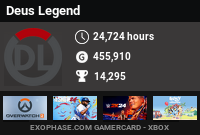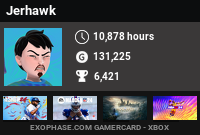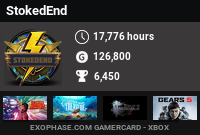The symmetry. A concept that for thousands of years has been linked to the human, being in buildings, paintings, through the symbolism of some tribes. It's something magical that you have surely experienced since you were a child when you cut paper, and that little by little you have gone deeply into this beautiful hobby that you have. Many puzzle games give a good account of this, and the most current example that comes to mind right now is The Witness, with specific sections based on symmetry. The title that today occupies me, Samsara, takes the inspiration and the bases of the symmetrical factor, going up a step more, offering some puzzles that seem simple at first sight, but that turn out to be complex and challenging at the most advanced levels. We will see if everyone is prepared for the challenge proposed by the Marked Limited study.
Duration
Gameplay
Going from point A to point B can be a matter of meters, but completing it and crossing the portal to the exit will not be an easy task. Zee will not be able to jump, nor will he be able to lower a platform even though he is half a foot from the ground, but he will have to use some mystical blocks that allow him to descend through some stairs if you position them correctly. The problem comes precisely in it's placement, since you will not always have the sense of the correct block, and although you can rotate it, you will not get the desired direction unless you use the parallel dimension: the reflection that you have under your feet that I mentioned earlier.
One of the biggest funny things about Samsara, is that both dimensions don't share the same form, but each dimension has a different composition on one side that alter the behavior of the other, which will force you to think very well how to distribute the limited number of pieces you have available. In addition, as you complete the levels, everything will get a little more complicated, adding difficulties such as vines that will break once you walk through them, teleports or a dark symmetrical double to which you should also help to complete the level. At first you may have a strange feeling that you can "scratch" little of this type of proposal, but I see that, respecting the playable base, you will have many different challenges.
I don't want to cheat you: despite the staging so witty, Samsara is still a simple puzzle game, and that is accused in the reiteration of mechanics despite the progressive increase in difficulty and variation of challenges mentioned above. You will only control the mystical blocks available for their placement, taking into account factors such as their weight or the same severity of the built building. Zee will not handle it directly, but once you finish the possible path that reaches the goal, press the X button and the character will start to walk automatically. Some mechanics that have managed to solve well in Xbox One, but that are enjoyed more on PC, thanks to the use of the mouse and ease of adding or removing parts. Luckily, the title is part of the Xbox Play Anywhere service, so you will automatically receive the PC version once you have purchased the product.
Graphics & Design
Unfortunately, the sound section follows the same course. With hardly any texts, no voices, no music. Only the song of some occasional bird that stays loose, very loose, even if it's an independent title. Any melody of accompaniment, tenuous and relaxed would have sat like a glove to the game.
Conclusion
*Game was provided for this review
- Game: Samsara
- Developer: Marker Metro
- Publisher: Marker Limited
- Genre: Puzzle
- Price: $14.99
- Size: 287.52 MB
- Release date: February 7th 2018
- For More Info: http://samsara-game.com/
- Download from Microsoft Store

















0 comments:
Post a Comment
Please be respectful and no spam.